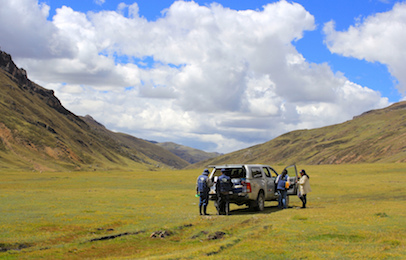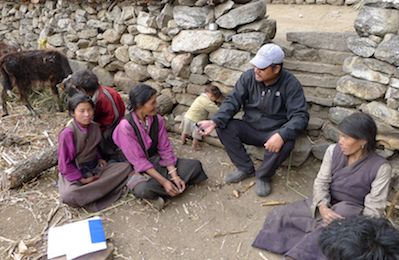Legacies of violence can manifest not only through overt conflict, but also through erasure and marginalization. Koji Lau-Ozawa’s essay on the United States’ WWII-era incarceration camps considers how their placement in isolated locations sought to remove citizens of Japanese descent from American life. This very marginality also exposes the camps, as sites of heritage today, to new kinds of erasure and conflict in the form of infrastructure development that seeks to make these remote landscapes profitable.














